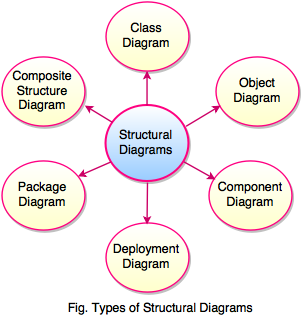

Viewers mostly need to decode their bars' length and position, making bar charts very easy to understand. The differences in bar length are easier to perceive, than, for example, differences in size and color.īar charts are commonly used charts due to their simplicity. Each rectangle – the bar, is a representation of one category. A bar chart is a set of rectangles with a length proportional to the values it represents. One of the most common chart types out there. Sometimes, some of the charts can fall under multiple categories, so to make it easier, we only listed them once. We divided the charts below into six categories that vary per use case.
#Types of diagrams for free
The list consists of eighty types of charts and graphs, many of which you can create online for free with the Datylon web app, or with our chart maker plug-in Datylon for Illustrator. Either way, we hope you explore all chart types and find the most suitable ones for you and your data visualization project. Below, you might find charts you are familiar with and some that are less common. In this article, we will show you some of the most important charts that can effectively convey a message and communicate your data, creating engaging data storytelling for your readers. There are many, many chart types and we won’t be able to cover all of them. Now, if you want to include different charts and graphs in your final product, it’s a great next step to explore your options.
#Types of diagrams how to
Read this article if you want to learn about the way you can display your data and how to tell your data story to your specific audience. Who do you want to show your data to? Are the viewers equally knowledgeable in dataviz best practices? It’s very likely that you just want to present your information to someone who needs to easily understand it.įor this reason, it’s equally important to consider the right type of data visualization for you. But before you gather all of your data and start creating beautiful graphs and visualizations, take a step back for a second and think. Yes, you can try to explore variations and alternatives to different chart types, it is encouraged. We don’t hate on pie charts and actually, there are cases when they’re quite appropriate charts to use to communicate data. And sometimes, a pie chart is really fine. But what about the rest of us? What about those who don’t make a face when they look at a simple pie chart? How do we know when to pick the right chart type and avoid disapproval from the entire community of dataviz geeks and lovers?įirst and foremost, ask yourself what is it you actually want to show and who is your audience? Sounds simple, I know. It’s easy to say if your job is to know all about it. Ask any dataviz expert and they will tell you there aren’t many things as annoying as the wrong use of data visualizations.


 0 kommentar(er)
0 kommentar(er)
